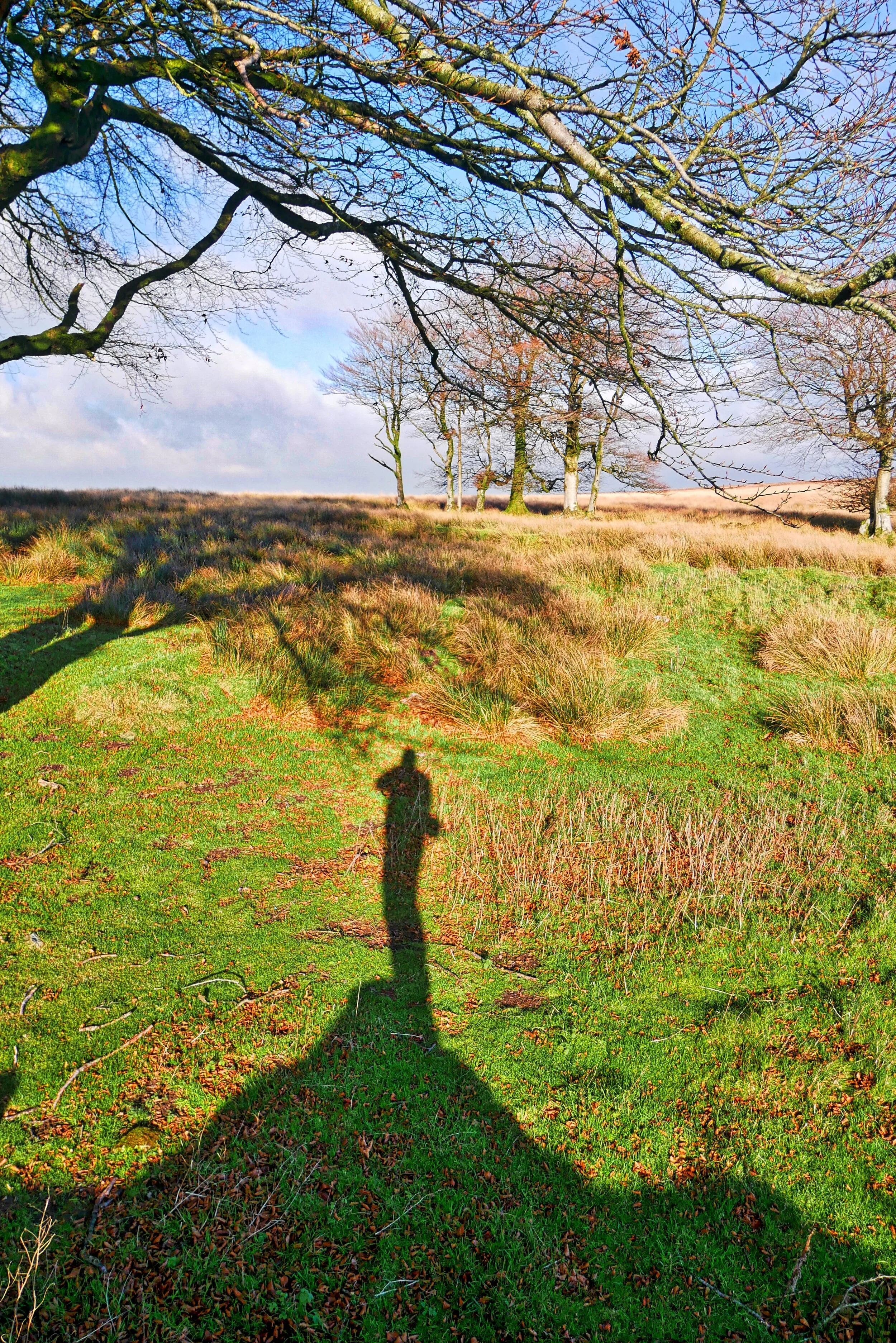Exmoor Lockdown Diary 63 - Adder Warning
My wife doesn’t like snakes and she saw an adder in our garden the other day, which didn’t go down too well. Indeed, because of the hot weather there have been several adder warnings have appeared on social media feeds in the West Country over the past few days.
The warm weather has been bringing the vipers out of their hidey-holes and walkers and dog-owners alike should be aware of the fact - because this part of spring is the time of year when adders may bite.
Dog walkers in particular, should be aware that there will be snakes around at any time of year - your pet hound could arouse one from sleep even in winter - but it’s during spring days when it is still cold during the nights that the biggest risk occurs early in the mornings.
An adder’s behaviour at any time is strongly affected by its body temperature. A cold adder is unable to move much and so it will remain underground - while a hot adder is fairly safe as it will be fast and alert, which means it will be more likely to detect a dog or human approaching and will rapidly escape.
But the adder which has only just started warming up is the one most likely to be a problem. It will tend to go out into the open and bask to warm up - but it will not be fast or alert. This is the adder that you may accidentally stand on, or which your dog may find.
A licensed zoologist handles this adder on the Quantock Hills
Unable to escape rapidly, the creature’s only defence will be to bite. Which means that early mornings are probably the most risky time for those who walk in adder country. However, it must be emphasised that this is a general rule of thumb - meteorological conditions and numerous other factors can affect when snakes are active or not.
The males emerge first from their hibernaculum (the place where they over-winter) in late February or March, then the females come out and in that first six weeks they remain fairly faithful to that site and that’s where breeding occurs.
After that the males and non-breeding females will have dispersed to other feeding sites - the females which are breeding stay faithful to site because they tend not to feed but survive on their reserves. That’s why adders only breed once every two or three years.
The snakes are nowhere near as numerous as they once were. Conservationists claim that in most corners of the UK over the last decade numbers have been in decline as their habitat has been lost, become less suitable for the snakes, or has been broken up so they cannot move between sites.
Which may be good news for nervous hikers and dog-owners - but the loss would be a significant defeat in terms of national efforts to conserve our ever decreasing swathes of natural habitat.
Cornwall might well be the only place in the UK where adder populations have remained stable. You see them in dry heathlands and coastal scrub - in fact, it’s sometimes said that wherever you are in Cornwall, you are not too far away from an adder.







